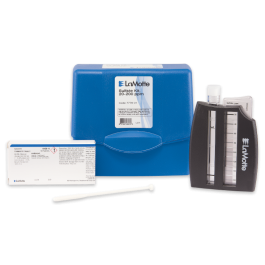Maybe calcium sulfate, calcium phosphate or calcium carbonate.
Put the crystals in acid to see what happens.
Dissolve some in water and then test the TA, Calcium Hardness, Phosphate and Sulfate levels.
Dissolve 300 milligrams in 1 liter of water and this will produce 300 ppm of the substance.
If it is calcium carbonate, the CH and TA will be 300 ppm.
Put the crystals in acid to see what happens.
Dissolve some in water and then test the TA, Calcium Hardness, Phosphate and Sulfate levels.
Dissolve 300 milligrams in 1 liter of water and this will produce 300 ppm of the substance.
If it is calcium carbonate, the CH and TA will be 300 ppm.




